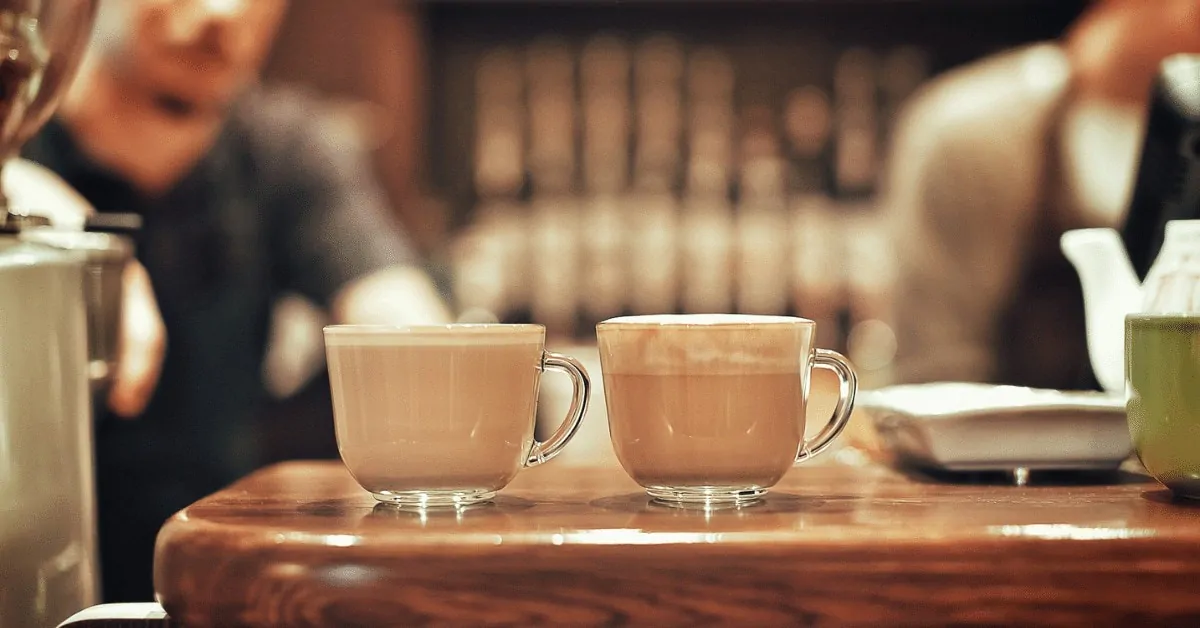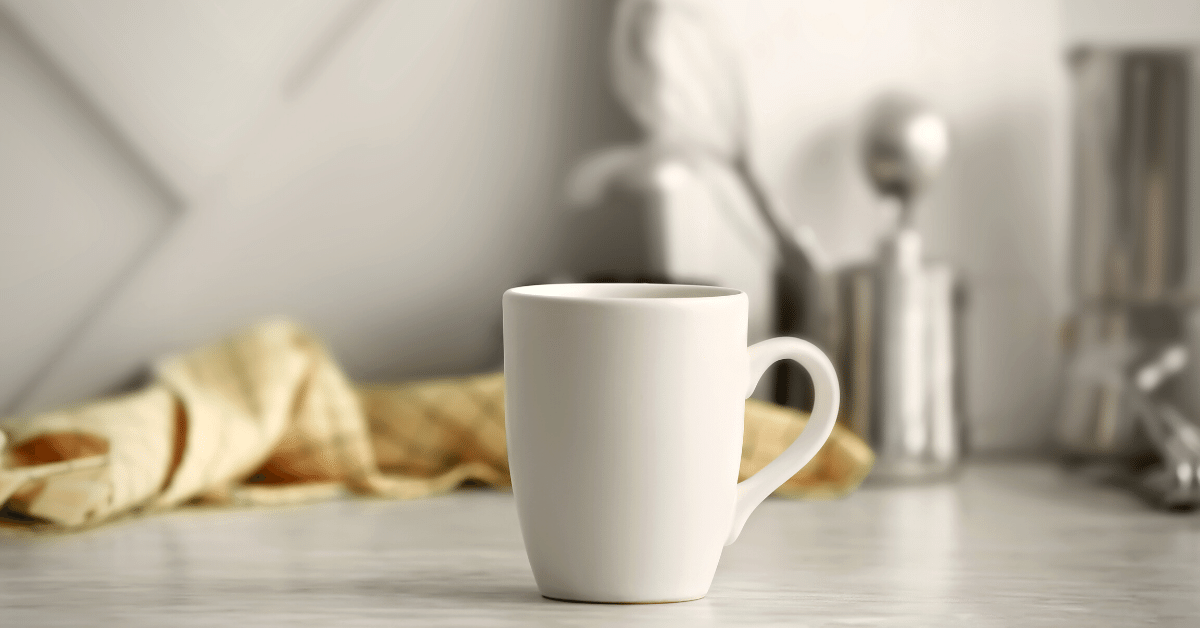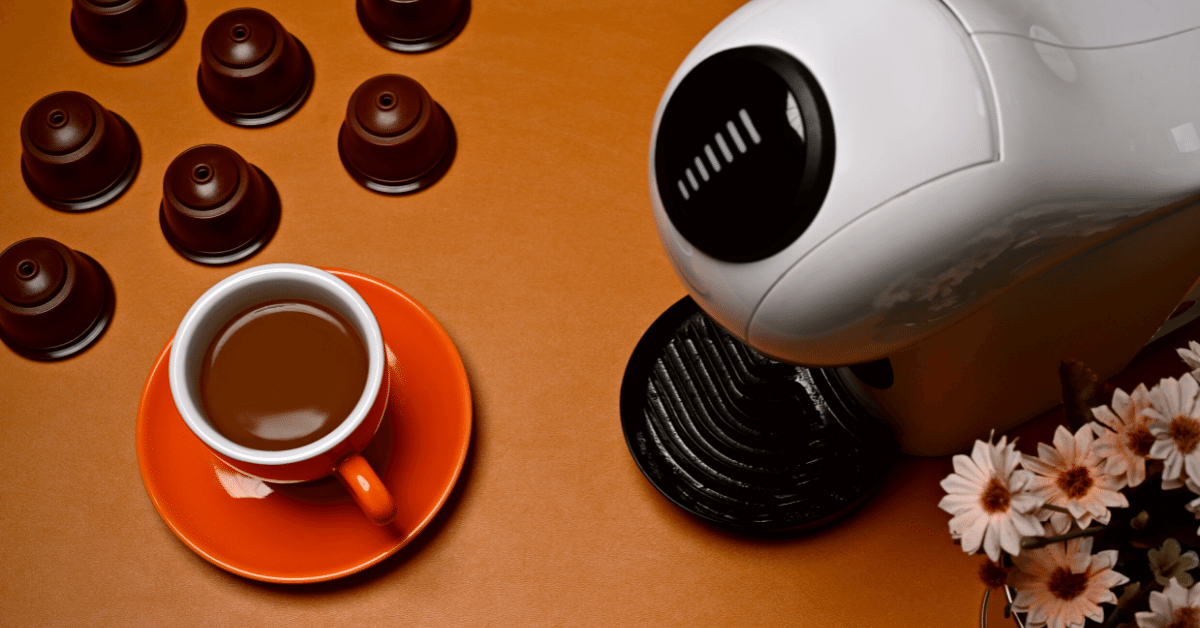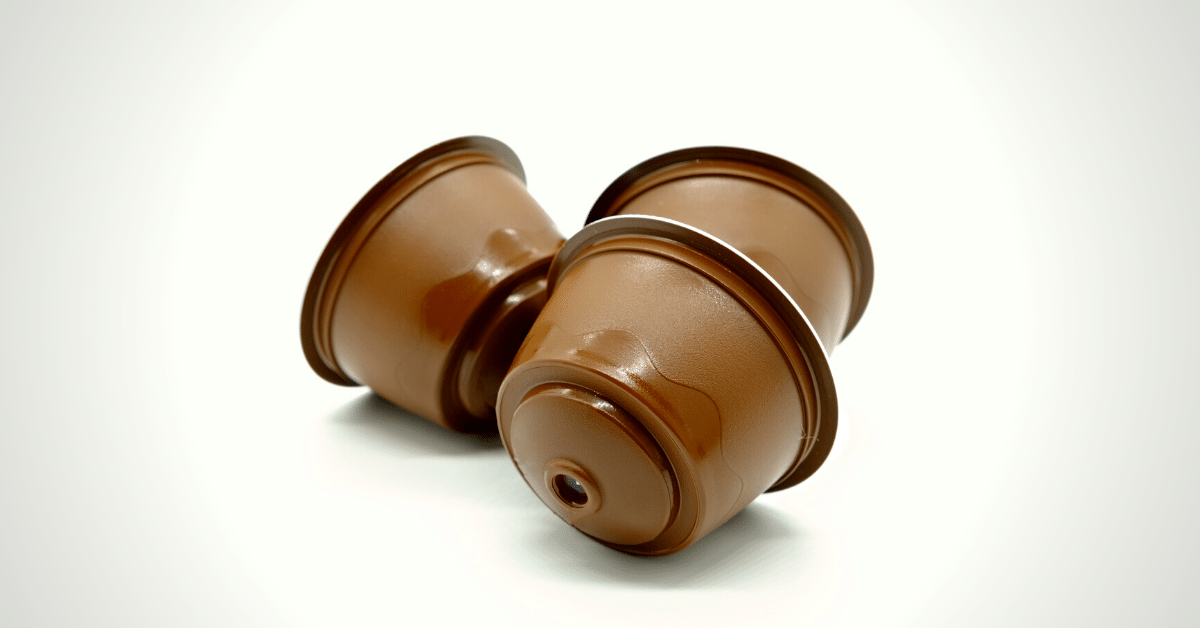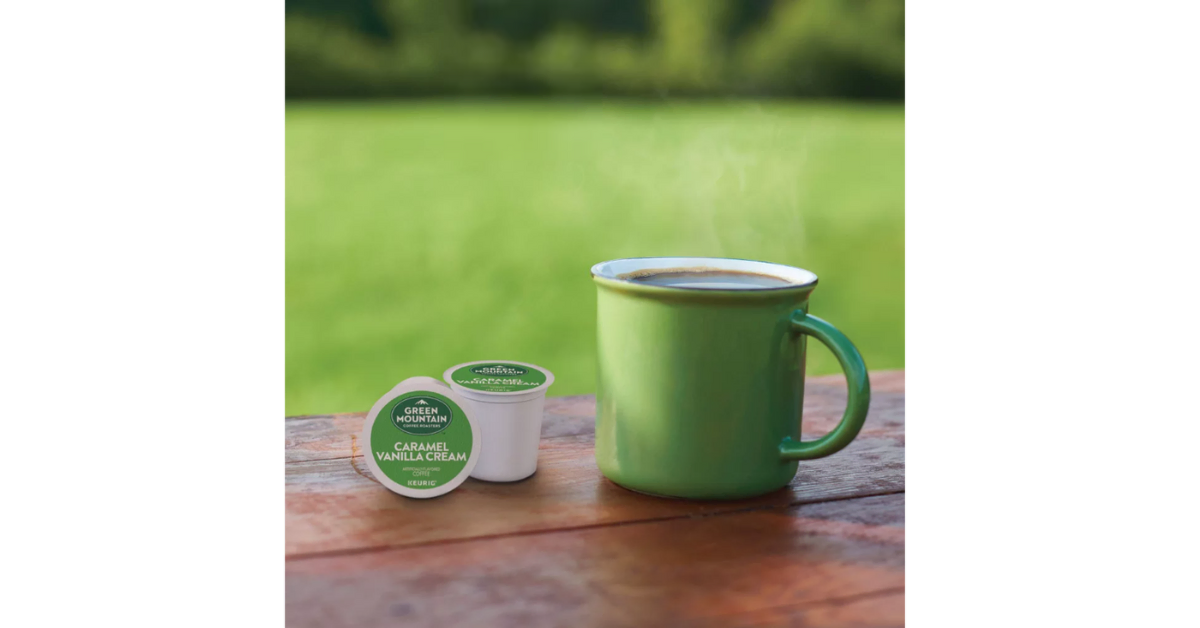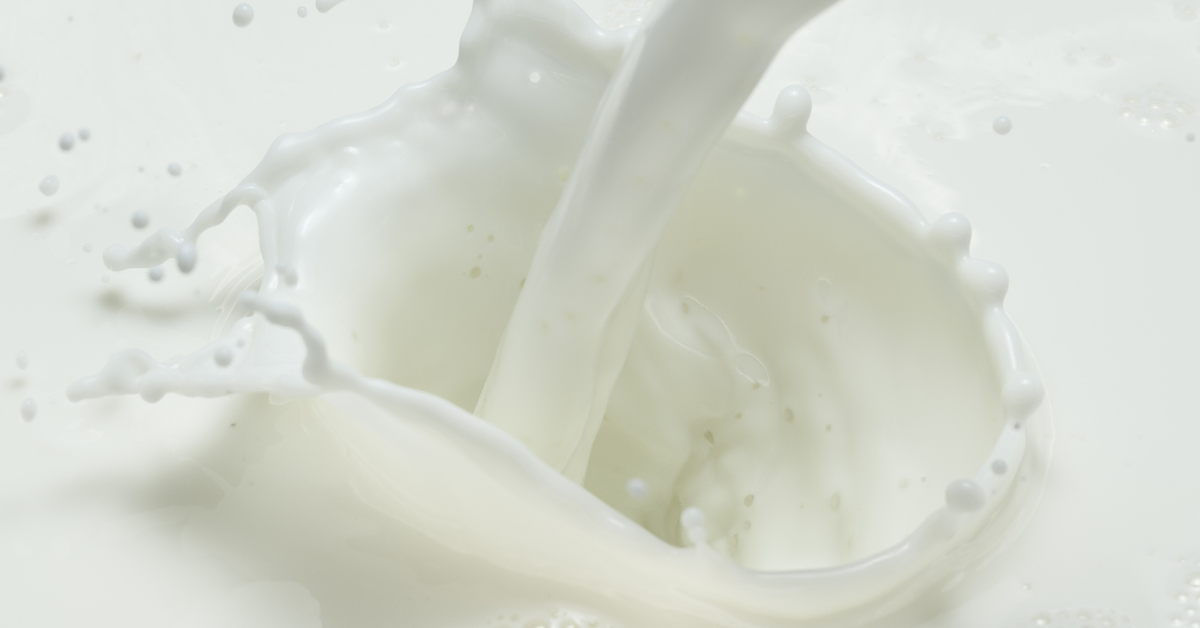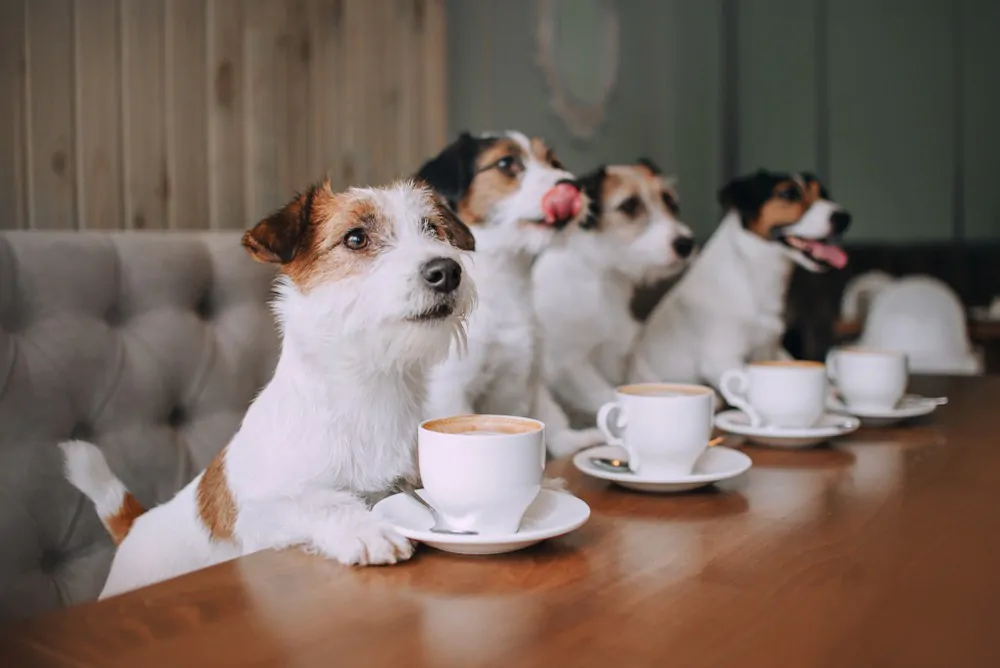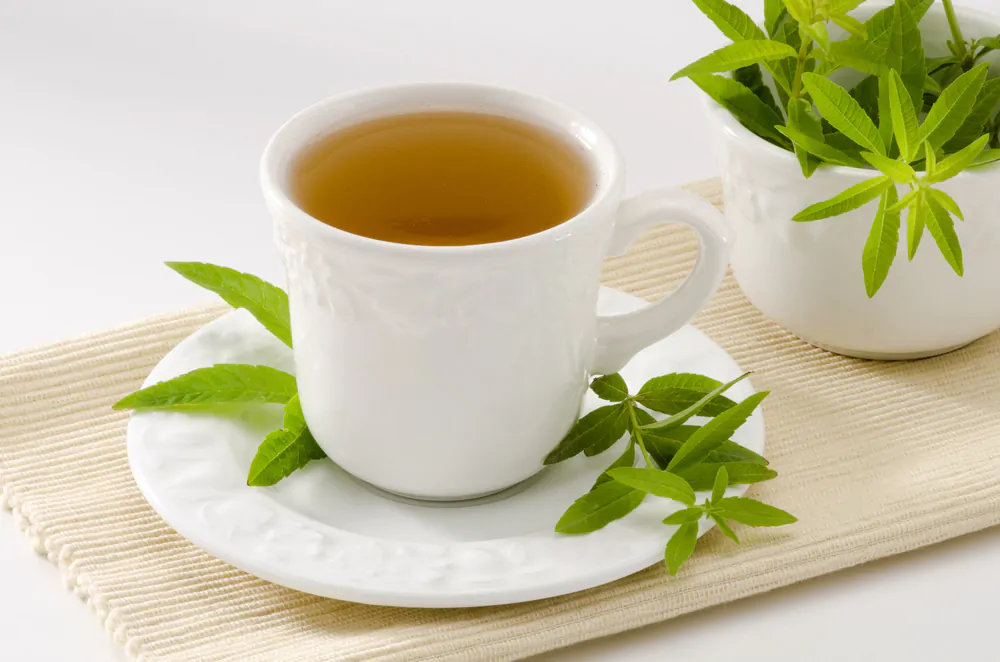Would you like some milk in your coffee?
If you’re anything like me – the answer to this question is almost always a yes.
But there are a lot of different ways you can drink coffee with milk.
The latte, the cappuccino, and the macchiato are 3 of the most popular milky espresso drinks. If you like your coffee with milk, chances are one of these are your go to choices.
But what’s the difference between them?
In this article, you’ll find out exactly how they differ from each other. I’ll also tell you all about how each beverage is made, along with some interesting variations.
So, without further ado, let’s get started!
Latte Vs Cappuccino Vs Macchiato: In A Nutshell
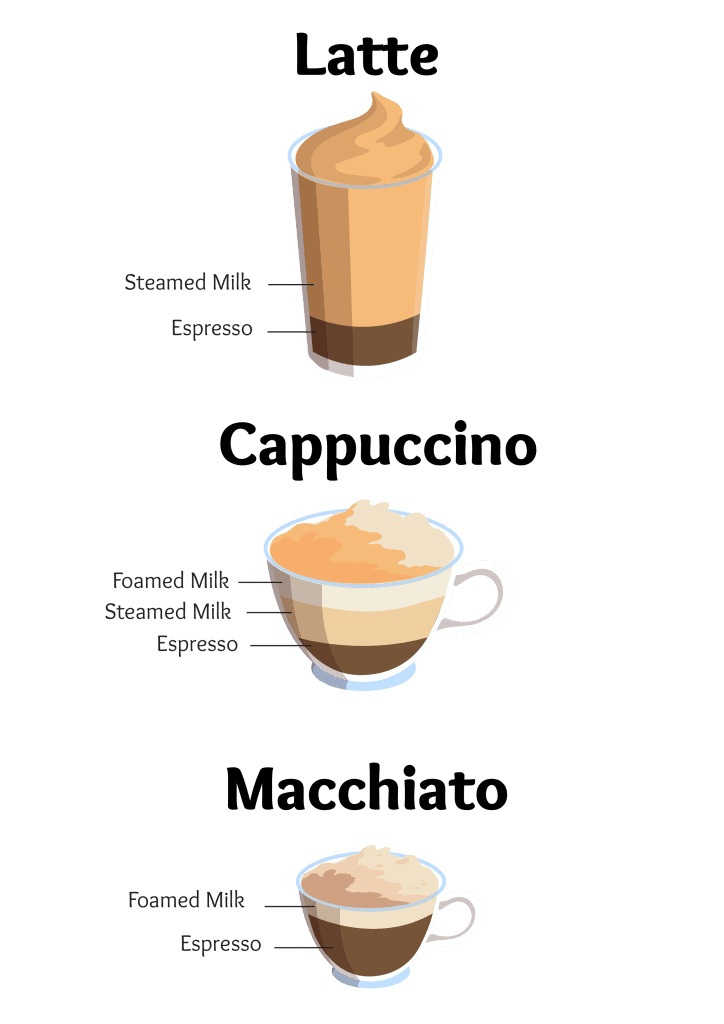
The all important difference between these beverages lies in the amount of milk used to make them.
They’re all a mixture of espresso coffee and steamed milk – just with different ratios.
A latte is an espresso based drink with a whole lot of milk in it. It’s got quite a lot more than a cappuccino or a macchiato, and a much milder, sweeter taste. Plus, it has a significantly larger volume.
In the middle we have the cappuccino. It’s an espresso drink that doesn’t have nearly as much milk as a latte, but still has a lot more than a macchiato. As a result, it tastes a lot more intense than a latte, but nowhere near as strong as a macchiato. It’s not as big as a latte, but by no means tiny either.
And finally we have the macchiato, the espresso drink with the least amount of milk. It only has a dash of milk over an espresso shot, so its flavor is far more intense than the others, and it’s also a lot smaller.
Latte
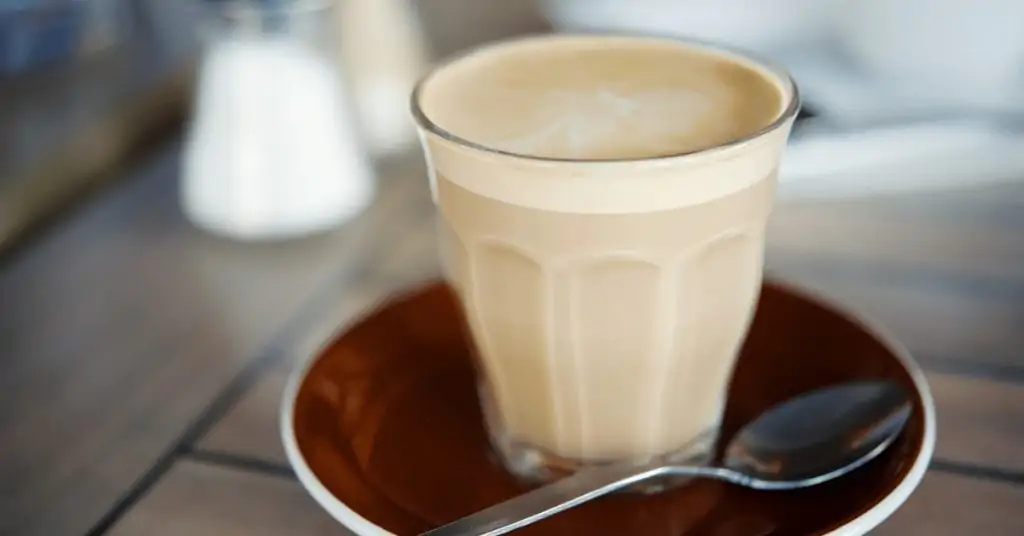
Let’s start with the caffe latte.
A latte is basically just an espresso shot (or a double shot), with steamed, frothed milk poured over it.
What sets it apart from other milky coffee beverages is the amount of milk. A latte has quite a lot of milk in it compared to other drinks.
Because it has so much milk, it’s more diluted, so it has a much milder taste than a macchiato, or even a cappuccino.
But, don’t let that fool you.
Each of these drinks contain at least one shot of espresso. A latte tastes a lot weaker than a macchiato, but you’re still getting the same amount of caffeine.
How To Make A Caffe Latte
There isn’t really a standard recipe for a latte.
They all start with a shot (or 2) of espresso, but different baristas will make them using different amounts of frothed milk.
Some will be foamier, some will be flatter. Some will be weaker, some will be stronger.
Here’s how I do it:
- Brew a double shot of espresso and pour it into a tall glass
- If you want a vanilla, caramel, or hazelnut latte, add a shot of flavored syrup
- Steam milk until it turns to microfoam (not foam)
- Pour it over the espresso
The amount of milk you add is up to you, but I find that around 6 parts milk and 1 part espresso is a good ratio to aim for.
NOTE
If you are new to coffee, a latte is a great place to start. It is sweeter and more mellow than other espresso-based drinks, so it will slowly introduce you to the taste of coffee
Caffe Latte Variations
There are pretty much 2 main methods of making a latte: the Italian way, and the American way.
The method I described above is the American way, because the milk is steamed to make it thicker and foamier.
An Italian latte uses hot milk, which hasn’t been steamed. As a result, you get a latte that’s more liquidy, without any foam on top.
What about an iced latte?
When the weather warms up, you can enjoy your American or Italian latte over ice for a refreshing caffeine fix.
In France, a latte is called a cafe au lait. It’s like an Italian latte, except it uses filter coffee instead of espresso.
Because filter coffee isn’t anywhere near as concentrated as espresso, the coffee to milk ratio is quite different from a caffe latte. While American and Italian lattes usually have 6 times more milk than coffee in them, a cafe au lait contains roughly equal parts heated milk and coffee.
Related Reading: Latte Vs Coffee: What’s The Difference? (A Complete Guide)
Cappuccino
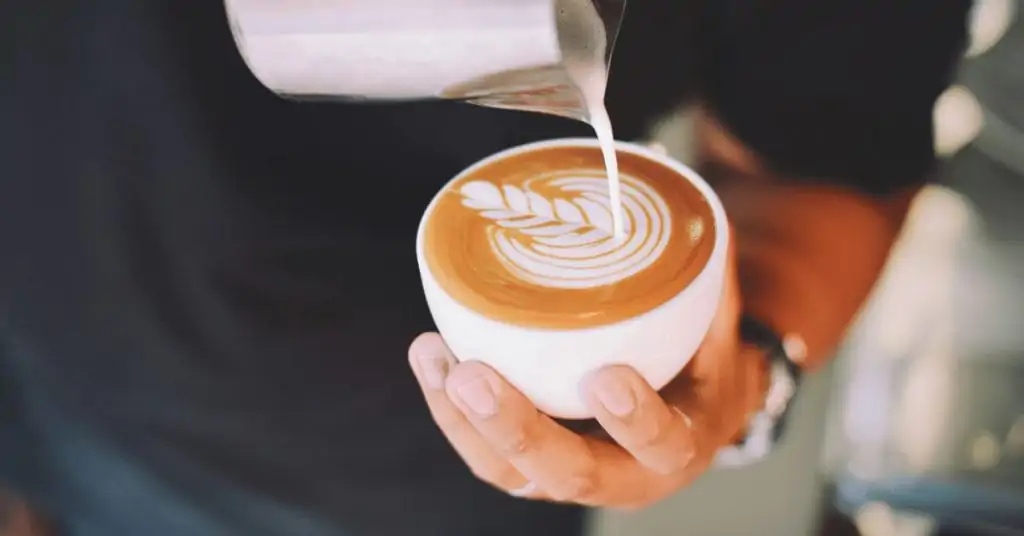
Next, let’s talk about my personal favorite: the cappuccino.
It’s a shot of espresso with foamed milk poured over it.
It doesn’t have nearly as much milk as a latte, but it has quite a bit more than a macchiato.
Despite being one of the most popular milky espresso drinks all over the world, a lot of cafés don’t make them like they should.
See, it’s all about how you pour the foamed milk into the espresso. If you do it right, you’ll get a delicious, creamy cappuccino with coffee colored swirls on the surface.
If you don’t, you’ll get a milky coffee drink topped with white foam.
So, how can you tell if your cappuccino is the real deal?
Well, other than the color of the foam, you can take a spoon and push the foam to the side. If it separates easily from the liquid underneath – it’s not a very good cappuccino.
Keep in mind that this can only be done within the first couple of minutes after it’s served. Even a perfect cappuccino will separate after a while.
Fun fact: it’s called a cappuccino because the milk foam on top resembled the hoods on the robes worn by the Capuchin monks in Vienna in the 18th century.
How To Make A Cappuccino
So, how do you make the perfect capp?
It takes a bit of practice, but it isn’t too difficult once you get the hang of it.
All you have to do is:
- Brew a single shot of espresso in a coffee cup
- Steam some milk until it turns to foam
- Hold the cup in one hand so that the handle is facing towards you, and tilt it to the side towards your other hand
- With your other hand, give the milk foam a good swirl and slowly pour it over the espresso
- Optionally, top with a sprinkle of cocoa powder, chocolate syrup, or cinnamon
Be careful to pour your milk foam into the middle, so that it doesn’t hit the sides of the cup.
If it does, the foam will separate from the coffee, and your cappuccino won’t be creamy and consistent like it should be.
Related Reading: Best Cappuccino Machine: Our Top 9 Choices
Cappuccino Variations
If you’ve come across the terms ‘wet cappuccino’ and ‘dry cappuccino,’ you might be wondering what they mean. Basically, a wet cappuccino is more milky and less foamy, and a dry cappuccino is more foamy with less liquid milk in it.
There are a couple of other coffee drinks that are closely related to the traditional cappuccino. (Aside from badly made cappuccinos with white milk foam piled on top.)
There’s the flat white, the cappuccino’s Australian cousin.
There are 2 main differences:
- A flat white is made with either a double shot of ristretto, or a double shot of espresso
- It’s made using finer microfoam, so there isn’t as much milk froth on top
Then, there’s the babyccino. It’s a coffee-free cappuccino for kids.
Basically, it’s just steamed milk foam, usually dusted with cocoa powder or cinnamon. They can also sometimes be topped with marshmallows, which, of course, the little ones love.
Macchiato
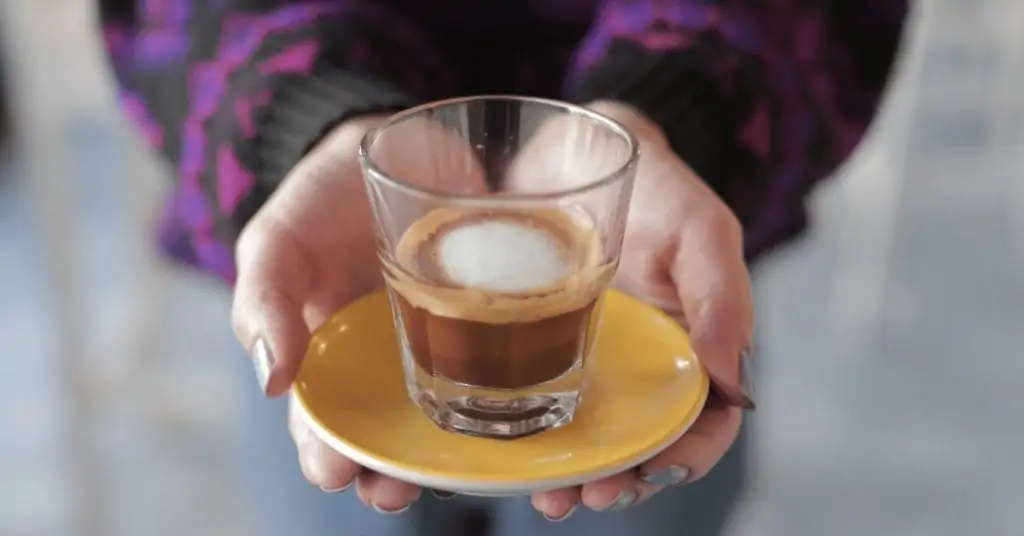
Moving on to the caffe macchiato – sometimes referred to as espresso macchiato.
The thing that makes this drink different from the rest is that it only has a dash of milk in it. In fact, it has less than any other coffee beverage that contains milk.
Because the espresso is only ever so slightly diluted, the flavor of a macchiato is far more intense than that of other milky coffee drinks.
If you didn’t already know: macchiato means “stained” in Italian. The dash of milk “stains” the espresso, so to speak, which is why it’s called a caffe macchiato.
How To Make A Macchiato
There are a few different ways of making a macchiato.
That being said, traditionally, it goes like this:
- Brew an espresso shot in a small cup or glass
- Steam some milk until you get foam
- Give it a good swirl and pour a dash over your espresso
That’s it.
It’s pretty much foolproof.
Macchiato Variations
The macchiato has evolved over time, with different amounts of milk being added in different places. Eventually, the ‘topped up macchiato’ became a thing.
While a traditional Italian macchiato only has a dash of milk foam, a topped up macchiato has a lot more milk in it. Not quite as much as a latte, but definitely encroaching on that territory.
In Perth, Western Australia (my hometown), things have gone a step further. The ‘long mac topped up’ is a drink that’s very popular in cafes all over the city. It’s like a topped up macchiato, but with a double shot of espresso.
Then, there’s the latte macchiato. It’s pretty much an inverse macchiato.
See, caffe macchiato means stained coffee, so latte macchiato means stained milk.
It has more milk than a regular macchiato, but still not as much as a latte. And, unlike a latte, it’s layered, so you can see the milk on the bottom, coffee in the middle, and milk foam on top.
Starbucks’ popular caramel macchiato, for instance, is actually a latte macchiato – not an espresso macchiato.
And the latte macchiato is another one that’s great as iced coffee, too.
Related reading: Macchiato Vs Frappuccino: What’s The Big Difference?
FAQ
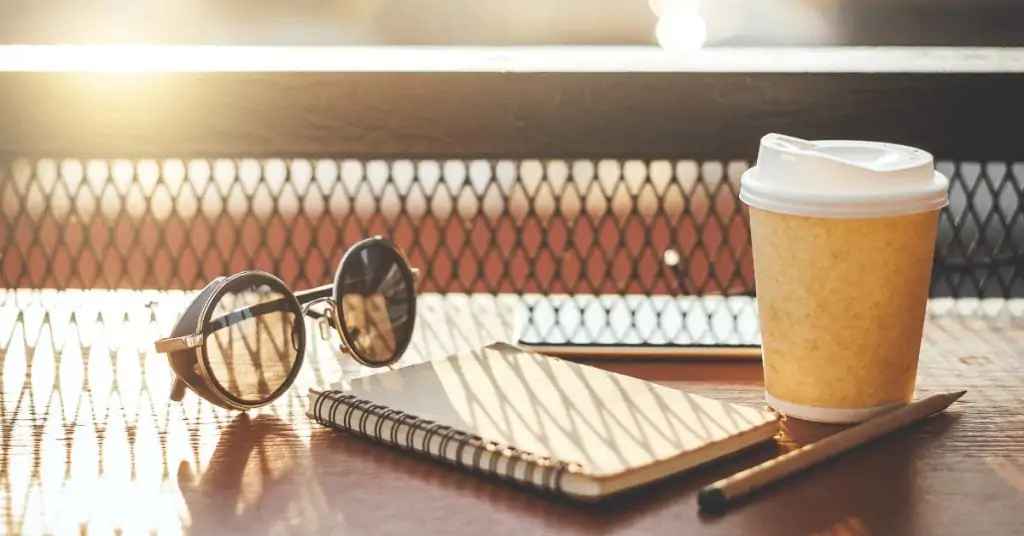
If you still have more questions, don’t worry.
You should be able to find all the answers you’re looking for in this section.
Here’s some additional info on some of the things you might be wondering:
What’s the difference in the volume of each of these drinks?
The latte has the largest volume of all the drinks we’ve talked about.
If you make it using a double shot of espresso and 300 ml of milk, you’ll end up with a 360 ml beverage. That’s quite a lot of coffee, especially when you compare it to most other drinks.
Like the cappuccino, for example, which is quite a bit smaller.
Made with a single shot of espresso and around 90 ml of milk, a cappuccino is usually around 150 ml all up.
That’s less than half the size of a latte!
But the smallest of all is the macchiato.
At around 35-40 ml on average, it’s only just slightly larger than a single shot of espresso.
What do they each taste like?
Well, the taste depends on the ratio of coffee to milk.
Since a macchiato only has a dash of milk in it, it’ll only taste slightly less intense than a straight shot of espresso.
A cappuccino tastes a lot milder than a macchiato, but still has a strong coffee flavor.
And, of course, a latte is the mildest of them all. With so much milk in it, the flavor of coffee is far less intense, and it has an overall much sweeter taste than a cappuccino, not to mention a macchiato.
How much caffeine do each of these drinks have in them?

The amount of caffeine they have depends only on whether they’re made using a single or a double shot of espresso.
Depending on the type of coffee bean, a single shot of espresso usually contains around 65-75 mg of caffeine.
How much milk is added obviously has nothing to do with the caffeine content.
So, like I said earlier, even though a latte tastes a lot weaker than a macchiato, it could have double the caffeine – if it’s made with a double shot.
At the very least, they have the same amount of caffeine.
The Bottom Line
Now you know the difference between a latte, a macchiato, and a cappuccino.
Plus, you’ve also learned how they’re made, and a few variations on each drink.
So, next time you walk into a cafe craving a milky caffeine fix, you’ll know exactly what you want to order.
If you want a small but strong coffee with just a little bit of milk in it, go for a macchiato.
Or if you’d rather have a little bit more milk, and a coffee you can sip on for a bit longer, order a cappuccino.
And if you want a larger but milder coffee drink with plenty of milk in it, it’s a latte you’re after.
Enjoy!

